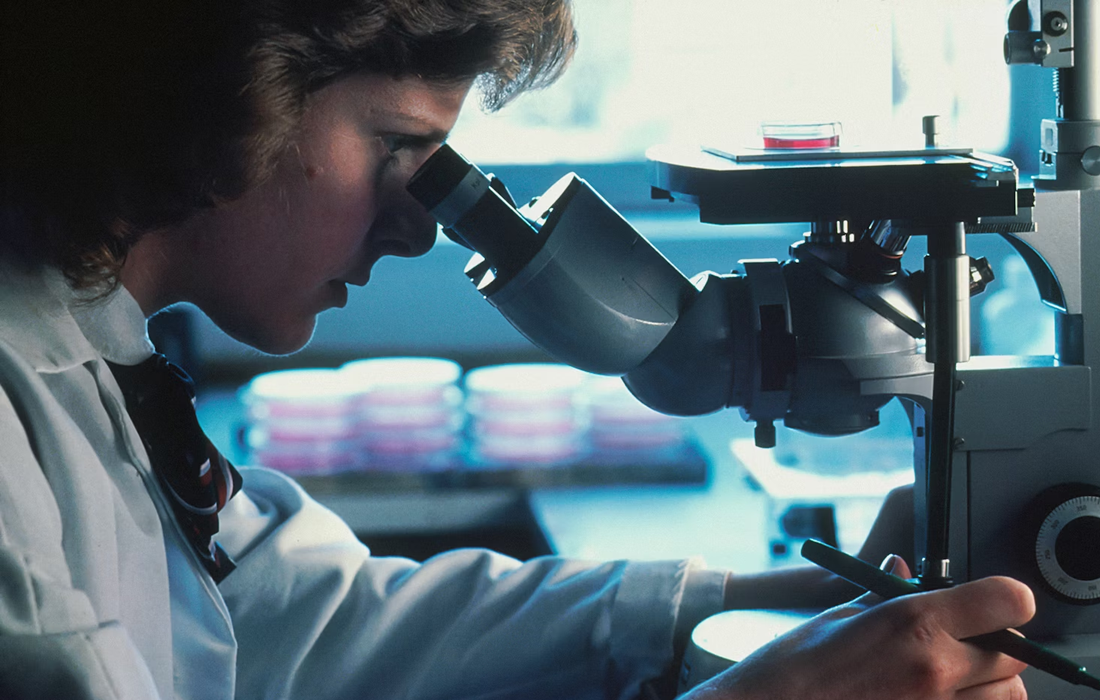Guangzhou Institutes of Biomedicine and Health researchers have successfully created chimeric embryos containing a combination of human and pig cells. When transferred into surrogate pig mothers, the developing humanized kidneys had normal structure and tubule formation after 28 days. The work appears in the journal Cell Stem Cell. The researchers focused on kidneys because they […]
Author Archives: Karely Vega, MD
A healthy lifestyle that involves moderate alcohol consumption, a healthy diet, regular physical activity, healthy sleep and frequent social connection, while avoiding smoking and too much sedentary behaviour, reduces the risk of depression, new research has found. In research published today in Nature Mental Health, an international team of researchers, including from the University of […]
Researchers from the University of Arizona Cancer Center have identified a new method of activating specific molecules to target cancer cells while leaving healthy cells unharmed. In their recent study, published in the Journal of the American Chemical Society, Wei Wang, PhD, and his team developed a new strategy called click-release proteolysis targeting chimeras, or […]
A world-first discovery has revealed special immune cells called ‘killer T cells’ in older adults, directed against influenza viruses, closely resemble those found in newborns and children, but struggle to recognise infected cells — a finding that unlocks the potential for the development of better vaccines and therapies tailored to different age groups. Killer T […]
One promising approach to treating Type 1 diabetes is implanting pancreatic islet cells that can produce insulin when needed, which can free patients from giving themselves frequent insulin injections. However, one major obstacle to this approach is that once the cells are implanted, they eventually run out of oxygen and stop producing insulin. To overcome […]
Children whose mothers had a higher exposure to certain phthalates during pregnancy tend to show smaller total gray matter in their brains at age 10. This is one of the main conclusions of a study led by the NYU Grossman School of Medicine and the Barcelona Institute for Global Health (ISGlobal), a centre supported by […]
Researchers from Ann & Robert H. Lurie Children’s Hospital of Chicago and colleagues reported for the first time that a genetic biomarker may be able to help predict the severity of food allergy reactions. Currently there is no reliable or readily available clinical biomarker that accurately distinguishes patients with food allergies who are at risk […]
Among available immunotherapies, the use of “CAR-T” cells is proving extremely effective against certain blood cancers, but only in half of patients. A main reason for this is the premature dysfunction of these immune cells, which have been artificially modified in vitro. A team from the Universities of Geneva (UNIGE), Lausanne (UNIL), the Geneva University […]
A team of biomedical engineers from Brown University has developed a new hydrogel-based delivery system that balances the acidic environment in a tumor and greatly enhances the cancer-fighting activity of the chemotherapeutic drug it encapsulates in lab experiments. The hydrogel system, which is injectable, acts as a buffer to the drug doxorubicin and directly delivers […]
Craniosynostosis, the premature fusion of the top of the skull in infants, is caused by an abnormal excess of a previously unknown type of bone-forming stem cell, according to a preclinical study led by researchers at Weill Cornell Medicine. Craniosynostosis arises from one of several possible gene mutations, and occurs in about one in 2,500 […]










